Home>Articles>What Is The Ideal Insulation R-Value For A Garage Ceiling
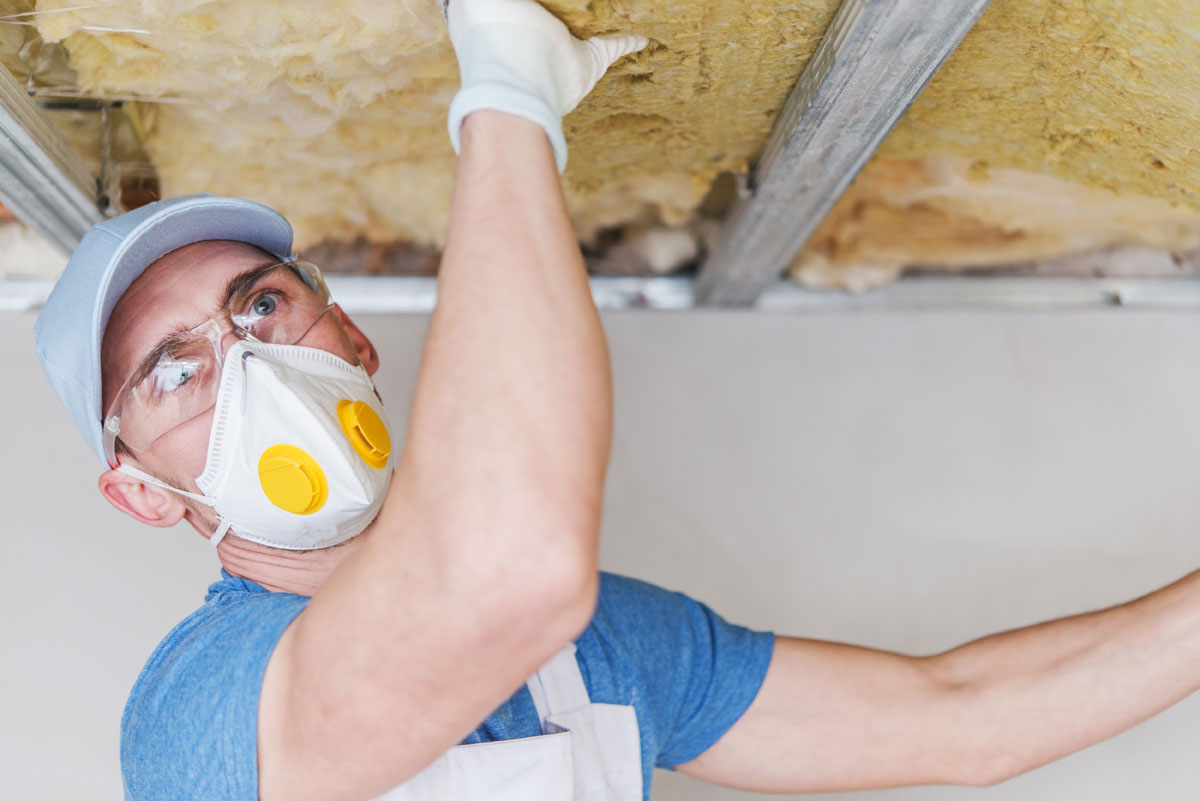

Articles
What Is The Ideal Insulation R-Value For A Garage Ceiling
Modified: October 31, 2024
Find out the perfect R-value for your garage ceiling in this informative article. Learn how to insulate your garage effectively and save energy.
(Many of the links in this article redirect to a specific reviewed product. Your purchase of these products through affiliate links helps to generate commission for Storables.com, at no extra cost. Learn more)
Introduction
Welcome to our guide on understanding the importance of R-value when it comes to garage ceilings. If you’re a homeowner or a garage enthusiast, you may be wondering what exactly R-value means and how it affects the comfort and energy efficiency of your garage space.
When it comes to insulation, the R-value is a crucial factor to consider. It measures the thermal resistance of a material and indicates how well it can resist heat flow. In simpler terms, a higher R-value means better insulation and improved energy efficiency.
Garages are often overlooked when it comes to insulation, as more attention is typically given to insulating living spaces within a home. However, a well-insulated garage can bring numerous benefits, including temperature regulation, soundproofing, and energy savings.
In this guide, we will delve into the concept of R-value for garage ceilings and explore why it is important in creating a comfortable and energy-efficient space. We will also discuss the factors to consider when determining the R-value for your garage ceiling, and provide recommendations for the ideal R-values to achieve optimum insulation performance.
Additionally, we will explore the various insulation options available for garage ceilings, including different insulation materials and installation methods. We will also weigh the pros and cons of DIY insulation versus professional installation, so you can make an informed decision based on your budget and skill level.
Finally, we will provide a step-by-step guide on how to calculate the R-value for your garage ceiling, ensuring that you have the necessary information to plan and execute your insulation project effectively.
By the end of this guide, you will have a thorough understanding of R-value for garage ceilings and be equipped with the knowledge to create a well-insulated and comfortable garage space.
Key Takeaways:
- Understanding R-value is crucial for creating a comfortable and energy-efficient garage space. Factors such as climate, usage, and insulation options play a significant role in determining the appropriate R-value for garage ceilings.
- Whether opting for DIY or professional insulation installation, considering the pros and cons is essential. Calculating the R-value for garage ceiling insulation involves measuring thickness, determining R-value per inch, and accounting for multiple layers.
Read more: What R-Value Insulation For Basement Ceiling
Understanding R-Value
Before we dive into the importance of R-value for garage ceilings, let’s first understand what R-value actually means. R-value is a measure of thermal resistance, indicating how well a material can resist heat flow. It tells us how effective a material is at insulating against heat transfer.
The R-value of a material is determined by its thickness and its ability to resist the conductive flow of heat between two surfaces. The higher the R-value, the greater the material’s resistance to heat transfer, and therefore, the better its insulation properties.
R-value is expressed in units of thermal resistance per unit area. In the United States, the units typically used are British thermal units per hour per square foot per degree Fahrenheit (BTU/h·ft²·°F), while in other regions, the metric equivalent, square meter kelvin per watt (m²·K/W), is used.
It is crucial to understand that R-value is additive when layers of insulation are combined. For example, if you have two layers of insulation with R-values of 10 and 15, the total R-value would be 25. This means that the combined insulation provides greater resistance to heat flow compared to using just one of the insulation materials.
Additionally, it’s important to note that R-value only measures thermal resistance and does not account for other factors such as air leakage or radiant heat transfer. Therefore, it is essential to consider other aspects of insulation, such as air sealing and reflective barriers, to create a comprehensive insulation system.
Now that we have a basic understanding of R-value, let’s explore why it is crucial to consider R-value when insulating your garage ceiling.
Importance of R-Value in Garage Ceilings
The garage is often subjected to extreme temperature fluctuations and can become uncomfortably hot or cold depending on the weather conditions. This is why insulating the garage, including the ceiling, is essential for various reasons.
First and foremost, insulation with a high R-value helps regulate the temperature in the garage. In colder climates, a well-insulated garage ceiling prevents heat loss to the outdoors, keeping the garage warmer and reducing the strain on your home’s heating system. In hotter regions, insulation helps keep the garage cooler by reducing heat transfer from the outside.
Not only does proper insulation help maintain a comfortable temperature in the garage, but it also aids in energy efficiency. By minimizing heat transfer, insulation with a high R-value reduces the need for constant heating or cooling, resulting in energy savings and lower utility bills.
In addition to temperature regulation and energy efficiency, R-value plays a crucial role in soundproofing. Garages often serve as multi-purpose spaces, such as workshops, home gyms, or entertainment areas. By investing in insulation with a high R-value, you can significantly reduce outside noise and ensure a quieter environment within the garage.
Another important aspect of insulation is condensation control. When temperature differences occur between the inside and outside of a garage, condensation can form. Insulation with a high R-value helps to minimize temperature differentials, reducing the risk of condensation build-up and moisture-related issues like mold or mildew.
Furthermore, a well-insulated garage ceiling helps create a barrier against outdoor pollutants and allergens, providing cleaner and healthier indoor air quality.
Overall, the R-value of insulation in garage ceilings is essential for achieving optimal comfort, energy efficiency, soundproofing, condensation control, and indoor air quality.
Now that we understand the importance of R-value, let’s explore the factors to consider when determining the appropriate R-value for your garage ceiling insulation.
Factors to Consider when Determining R-Value for Garage Ceilings
When determining the appropriate R-value for your garage ceiling insulation, there are several factors to consider. These factors will help ensure that you choose the right insulation material and thickness to maximize energy efficiency and comfort in your garage space.
1. Climate: The climate in which you live plays a significant role in determining the R-value needed for your garage ceiling. If you reside in a colder region, you will want higher insulation levels to prevent heat loss. Conversely, in hotter climates, insulation with a lower R-value may be sufficient to reduce heat transfer.
2. Usage of the Garage: Consider how you use your garage and the level of insulation required for that specific use. If your garage is used as a workshop or a living area, you may want higher R-values to maintain a consistent temperature. However, if your garage is used primarily for parking or storage, you may prioritize lower R-values for cost savings.
3. Garage Placement: Consider the location of your garage in relation to the rest of your home. If your garage is attached to your living space, maintaining a similar R-value in the garage ceiling can help minimize heat loss or gain between the spaces.
4. Insulation Budget: Set a budget for your insulation project. Higher R-value insulation materials can be more expensive, so it’s important to find a balance between the desired R-value and what you can afford.
5. Building Codes: Check your local building codes to ensure compliance with the minimum insulation requirements for garage ceilings. Depending on where you live, specific R-value guidelines may be mandated for energy efficiency and safety reasons.
6. Insulation Thickness: The thickness of insulation determines its R-value. Thicker insulation typically has higher R-values. Consider the available space in your garage ceiling and choose insulation thickness that fits without causing any issues with obstructions or reduced headroom.
By taking these factors into account, you can determine the appropriate R-value for your garage ceiling insulation. Keep in mind that consulting with a professional insulation contractor can provide valuable insights based on your specific needs and circumstances.
Next, we will discuss the recommended R-values for garage ceilings, providing you with guidelines to make an informed decision.
Recommended R-Values for Garage Ceilings
When it comes to selecting the right R-value for your garage ceiling insulation, it’s important to consider the climate and intended use of the space. Here are some general recommendations for R-values based on different factors:
1. Warmer Climates: For garages located in areas with predominantly warm climates, such as the southern regions of the United States, an R-value of R-13 to R-19 is typically sufficient. This level of insulation helps to reduce heat transfer and maintain a comfortable temperature in the garage.
2. Moderate Climates: In regions with moderate climates where both heating and cooling are necessary throughout the year, an R-value of R-19 to R-30 is recommended. This level of insulation provides improved thermal resistance, helping to regulate temperature and reduce energy consumption.
3. Colder Climates: For garages located in colder regions where winters are more severe, it is advisable to aim for an R-value of R-30 or higher. This ensures better insulation and prevents heat loss, keeping the garage warmer and reducing the strain on your home’s heating system.
4. Living Spaces: If you plan to use your garage as a workshop, home gym, or additional living area, it is recommended to increase the R-value accordingly. Consider aiming for R-30 to R-49 for enhanced comfort and energy efficiency in these living spaces.
It’s important to note that these are general guidelines, and specific R-value requirements may vary depending on factors such as local building codes, personal preferences, and insulation material used. Consulting with a professional insulation contractor can help you determine the most appropriate R-value based on your specific needs and circumstances.
Remember, higher R-values result in better insulation and increased energy efficiency, but they also come at a higher cost. Striking the right balance between energy savings and budget considerations is essential.
Now that we have explored the recommended R-values for garage ceilings, let’s move on to discussing the various insulation options available for garage ceilings.
Consider using insulation with an R-value of at least R-30 for your garage ceiling to effectively reduce heat loss and maintain a comfortable temperature inside the garage. This will also help to save on energy costs.
Read more: What Is The R-Value In Insulation
Insulation Options for Garage Ceilings
When it comes to insulating your garage ceiling, there are several insulation options to consider. Each option has its own advantages and considerations, so it’s important to choose the one that aligns with your needs, budget, and installation requirements.
1. Fiberglass Insulation: Fiberglass insulation is one of the most common and affordable insulation options available. It comes in batts or rolls and is relatively easy to install. Fiberglass insulation has a high R-value and is effective in reducing heat transfer and sound transmission. However, it’s important to wear protective clothing and a mask when handling fiberglass due to its potential for irritation.
2. Cellulose Insulation: Cellulose insulation is made from recycled paper treated with flame retardants. It is blown into the ceiling cavity using specialized equipment, providing excellent coverage and reducing air leakage. Cellulose insulation has a high R-value and is environmentally friendly. However, professional installation is recommended because of the specialized equipment needed for installation.
3. Spray Foam Insulation: Spray foam insulation is a popular choice for garage ceilings. It is applied as a liquid that expands to fill the space, creating an airtight seal and excellent insulation. Spray foam insulation has a high R-value and helps to prevent air leakage, moisture infiltration, and noise transmission. However, professional installation is typically required because of the specialized equipment and expertise needed.
4. Polystyrene Insulation: Polystyrene insulation, commonly known as foam board, is a rigid insulation material that offers good thermal resistance and moisture resistance. It comes in various thicknesses and can be easily cut to fit the garage ceiling. Polystyrene insulation is lightweight and relatively simple to install, making it a popular choice for DIY projects. However, it may not be as effective as other insulation options in reducing air leakage.
5. Reflective Insulation: Reflective insulation, also known as radiant barrier insulation, is often used in conjunction with other insulation materials. It consists of a reflective surface that reflects radiant heat away from the garage space. Reflective insulation is particularly effective in hot climates, reducing heat transfer and improving energy efficiency. It can be installed as a standalone option or combined with other insulation materials.
It’s important to consider the pros and cons of each insulation option and consult with a professional insulation contractor to determine the most suitable choice for your garage ceiling. Additionally, proper installation is crucial to ensure maximum insulation effectiveness, so it’s advisable to seek professional installation if you’re not experienced in insulation work.
Now that we’ve explored different insulation options, let’s weigh the pros and cons of DIY insulation versus professional installation for your garage ceiling.
DIY vs Professional Insulation Installation
When it comes to insulating your garage ceiling, you have the option to tackle the project as a DIY endeavor or hire a professional insulation contractor. Both options have their own advantages and considerations, so let’s explore the pros and cons of each:
DIY Insulation Installation:
- Cost Savings: One of the main advantages of opting for DIY insulation installation is the potential cost savings. By doing the work yourself, you can avoid labor costs associated with hiring a professional.
- Flexibility and Convenience: DIY insulation installation allows you to work at your own pace and accommodate your schedule. You have the flexibility to purchase materials and complete the project on your own terms.
- Learning Experience: Taking on a DIY project can be a great learning experience. You can enhance your knowledge of insulation techniques and gain a sense of accomplishment by completing the project yourself.
However, it’s important to consider the limitations of DIY insulation installation:
- Time and Effort: Insulating a garage ceiling can be a time-consuming and physically demanding task, especially if you’re unfamiliar with the process. It requires proper measurement, cutting, and installation techniques.
- Health and Safety Risks: Insulation materials may pose risks to your health if not handled properly. Fiberglass insulation, for example, can cause skin and lung irritation. It’s essential to take necessary precautions and wear protective clothing and masks.
- Potential Mistakes: DIY insulation installation runs the risk of incorrect installation, which can undermine the effectiveness of insulation and lead to energy inefficiency or other issues. Lack of experience and knowledge may result in improper sealing or gaps in insulation.
Professional Insulation Installation:
- Expertise and Experience: By hiring a professional insulation contractor, you can benefit from their expertise and industry knowledge. They have the necessary skills and experience to ensure proper and efficient insulation installation.
- Time and Efficiency: Professionals are equipped with the right tools and have the experience to complete the insulation project quickly and efficiently. They can work around potential obstacles and ensure a proper fit.
- Quality Assurance: Professional insulation installation comes with a guarantee of quality workmanship. They have the knowledge to select the right insulation materials and techniques for your specific needs, ensuring optimal insulation performance.
Despite the advantages, professional insulation installation has a few considerations:
- Cost: Hiring a professional insulation contractor will come at a higher cost than a DIY project. The labor and expertise involved may increase the overall project expenses.
- Schedule Alignment: You will need to coordinate with the professional contractor and adhere to their schedule, which may require flexibility on your part.
Ultimately, the decision between DIY and professional insulation installation depends on your comfort level, time availability, skillset, and budget. If you are confident in your abilities and are willing to invest the time and effort, a DIY project can be a cost-effective option. However, if you prefer a hassle-free and guaranteed quality installation, hiring a professional insulation contractor is the way to go.
In the next section, we’ll guide you through the process of calculating the R-value for your garage ceiling insulation.
How to Calculate R-Value for Garage Ceilings
Calculating the R-value for your garage ceiling insulation is crucial in determining the effectiveness of your insulation and selecting the appropriate materials. Here’s a step-by-step process to help you calculate the R-value:
1. Determine the insulation material: Start by deciding on the type of insulation material you plan to use. Each material has a different R-value per inch, so knowing the specific material is essential to accurate calculation.
2. Measure the insulation thickness: Use a tape measure to determine the thickness of the insulation you plan to install. Measure the thickest part of the insulation, as there may be variations in thickness throughout the material.
3. Determine the R-value per inch: Consult the manufacturer’s specifications or insulation product information to find the R-value per inch for the chosen insulation material.
4. Calculate the R-value: Multiply the insulation thickness (in inches) by the R-value per inch to calculate the R-value for that layer of insulation. For example, if the insulation thickness is 6 inches and the R-value per inch is 3, the total R-value would be 6 x 3 = 18.
5. Consider multiple layers: If you plan to install multiple layers of insulation, repeat the previous step for each layer. Then, add up the R-values of each layer to determine the total R-value. Remember, R-values are additive, so the total R-value increases with each additional layer.
6. Account for other factors: Remember that calculating the R-value of insulation is just one aspect of creating an effective insulation system. Don’t forget to consider other factors such as air sealing and reflective barriers to maximize the overall insulation performance.
By following this step-by-step process, you can calculate the R-value for your garage ceiling insulation accurately. Keep in mind that it’s always a good idea to consult with a professional insulation contractor to ensure the most appropriate R-value for your specific needs and to verify the accuracy of your calculations.
Now that we’ve covered R-value calculation, let’s conclude our guide on understanding the importance of R-value for garage ceilings.
Conclusion
In conclusion, understanding the importance of R-value for garage ceilings is crucial for creating a comfortable and energy-efficient space. By selecting insulation materials with the appropriate R-value, you can regulate temperature, reduce energy consumption, minimize sound transmission, control condensation, and improve indoor air quality in your garage.
When determining the R-value for your garage ceiling insulation, consider factors such as climate, usage of the garage, garage placement, insulation budget, building codes, and insulation thickness. These factors will help guide you towards selecting the optimal R-value for your specific needs.
There are several insulation options available for garage ceilings, including fiberglass insulation, cellulose insulation, spray foam insulation, polystyrene insulation, and reflective insulation. Each option has its own benefits and considerations, so choose the one that aligns with your requirements and budget. Whether you decide to tackle the insulation project as a DIY endeavor or hire a professional insulation contractor, weigh the pros and cons to make an informed decision.
Calculating the R-value for your garage ceiling insulation involves measuring the insulation thickness, determining the R-value per inch for the insulation material, and multiplying the two values. If you plan to install multiple layers, add up the R-values of each layer to get the total R-value. Remember to consider other factors like air sealing and reflective barriers to optimize insulation performance.
In the end, creating a well-insulated garage space with the appropriate R-value for the ceiling insulation will provide you with a comfortable environment, energy savings, soundproofing, condensation control, and improved indoor air quality.
As always, consulting with a professional insulation contractor is highly recommended to ensure the best results and to address any specific concerns or requirements you may have.
We hope this guide has enhanced your understanding of R-value for garage ceilings and provided valuable insights for your insulation project. Start planning and insulating your garage ceiling today to reap the benefits of a well-insulated and efficient space.
Frequently Asked Questions about What Is The Ideal Insulation R-Value For A Garage Ceiling
Was this page helpful?
At Storables.com, we guarantee accurate and reliable information. Our content, validated by Expert Board Contributors, is crafted following stringent Editorial Policies. We're committed to providing you with well-researched, expert-backed insights for all your informational needs.
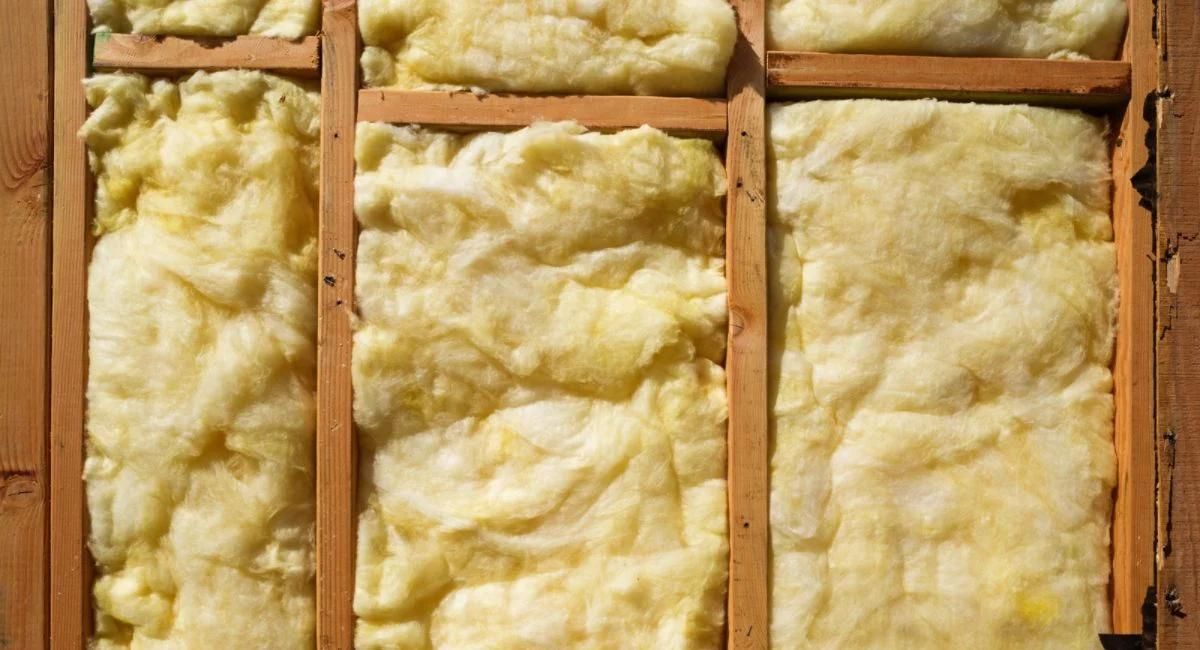
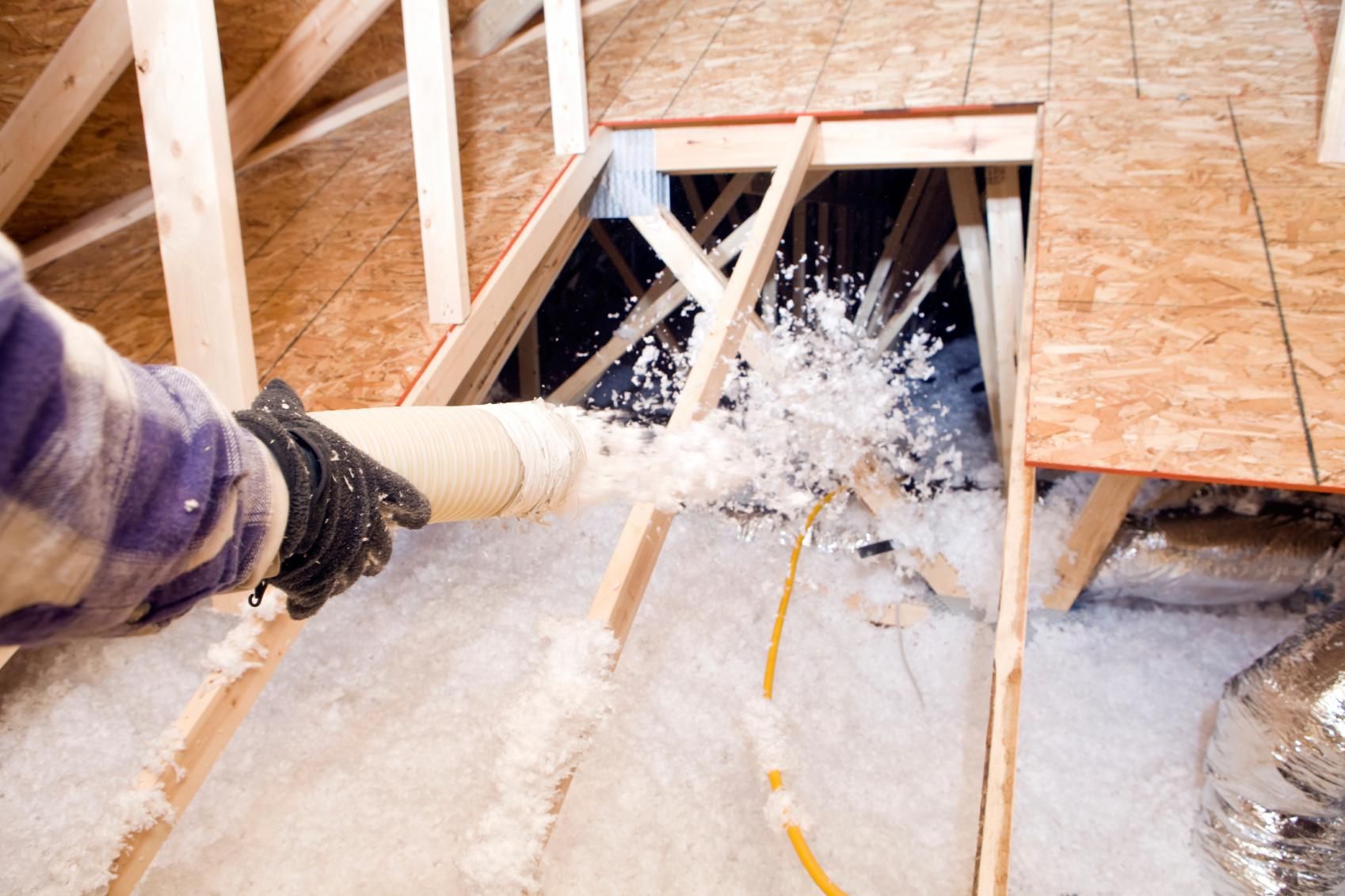
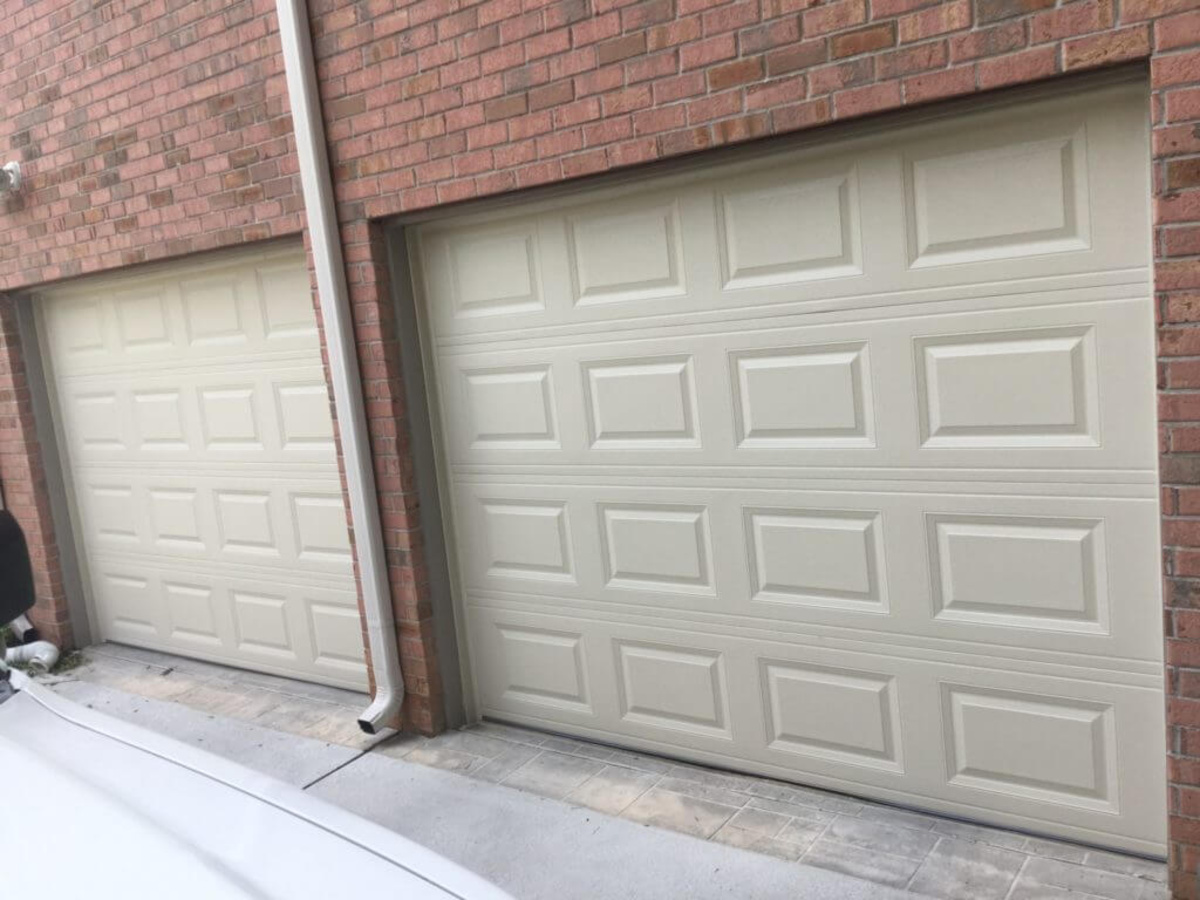
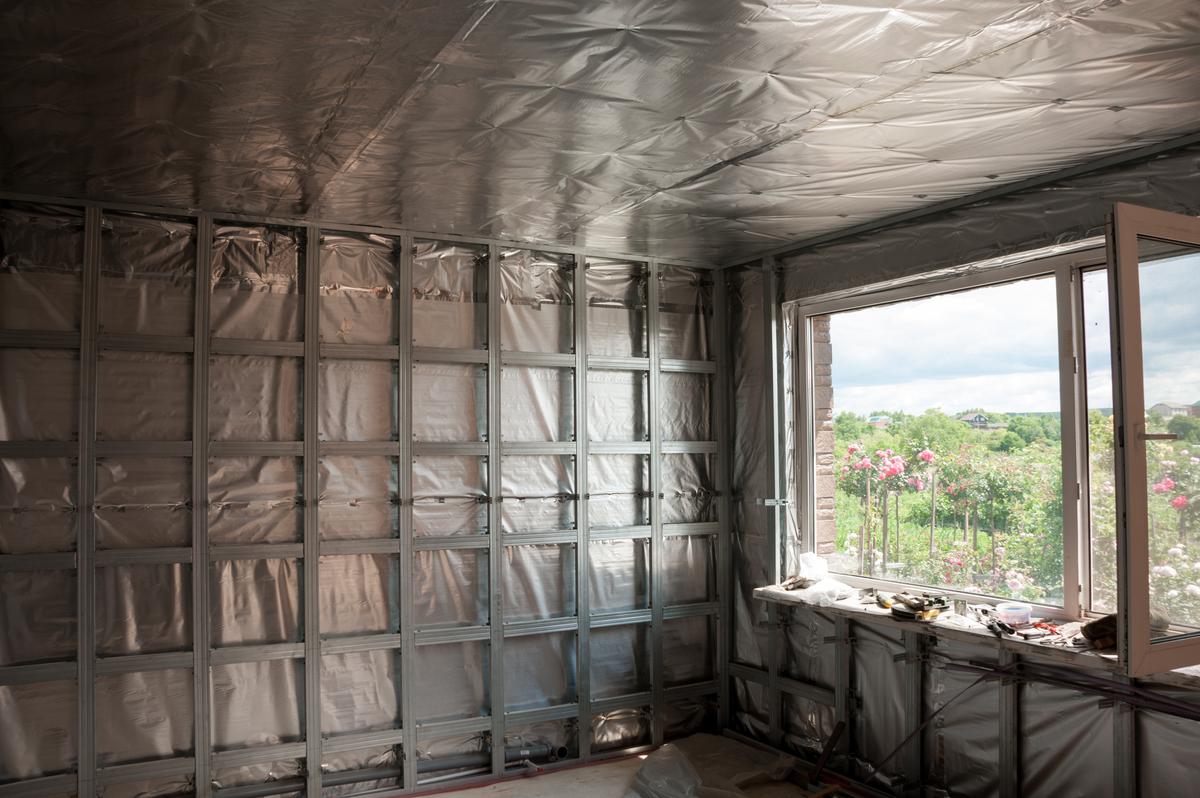
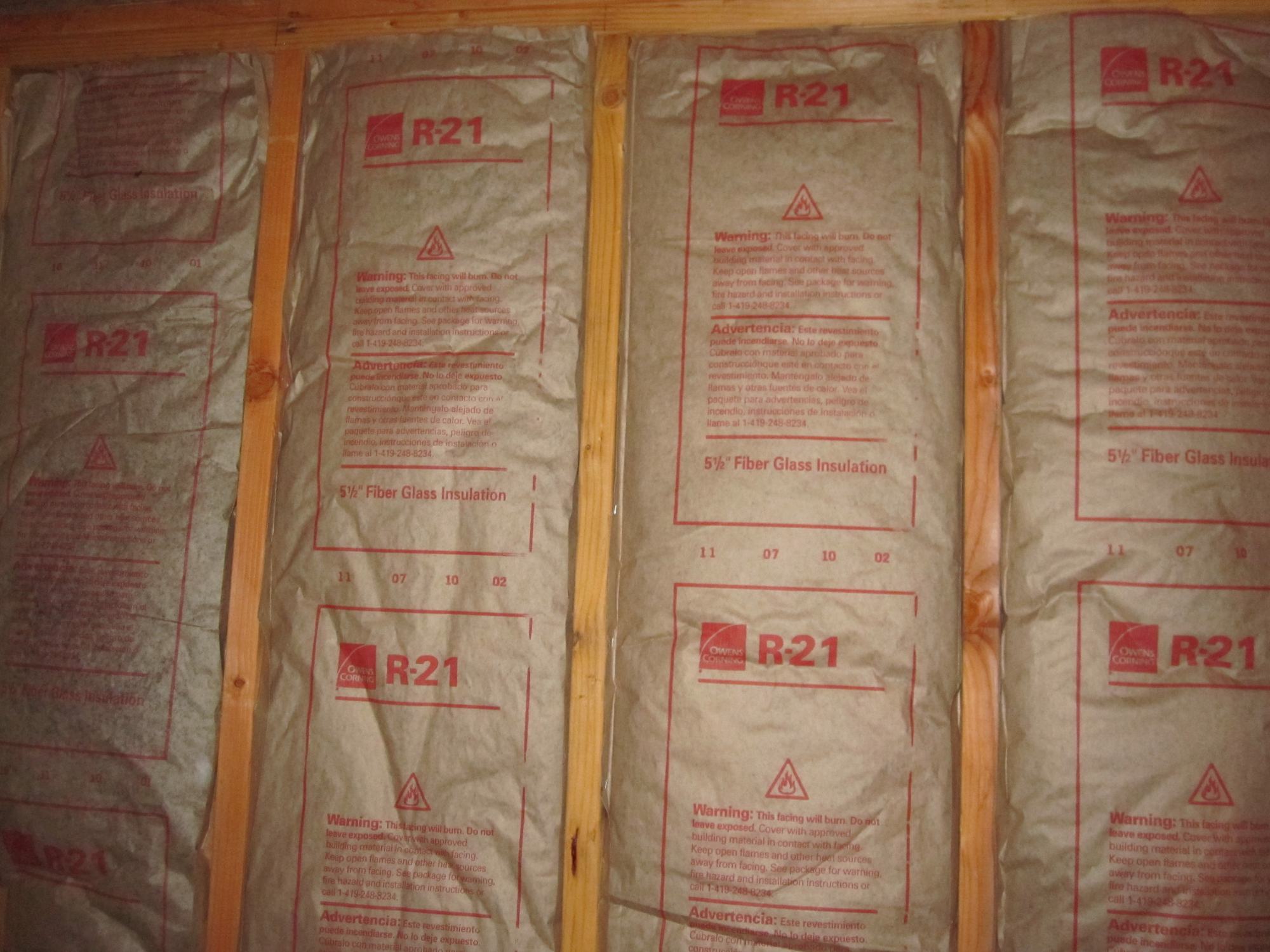
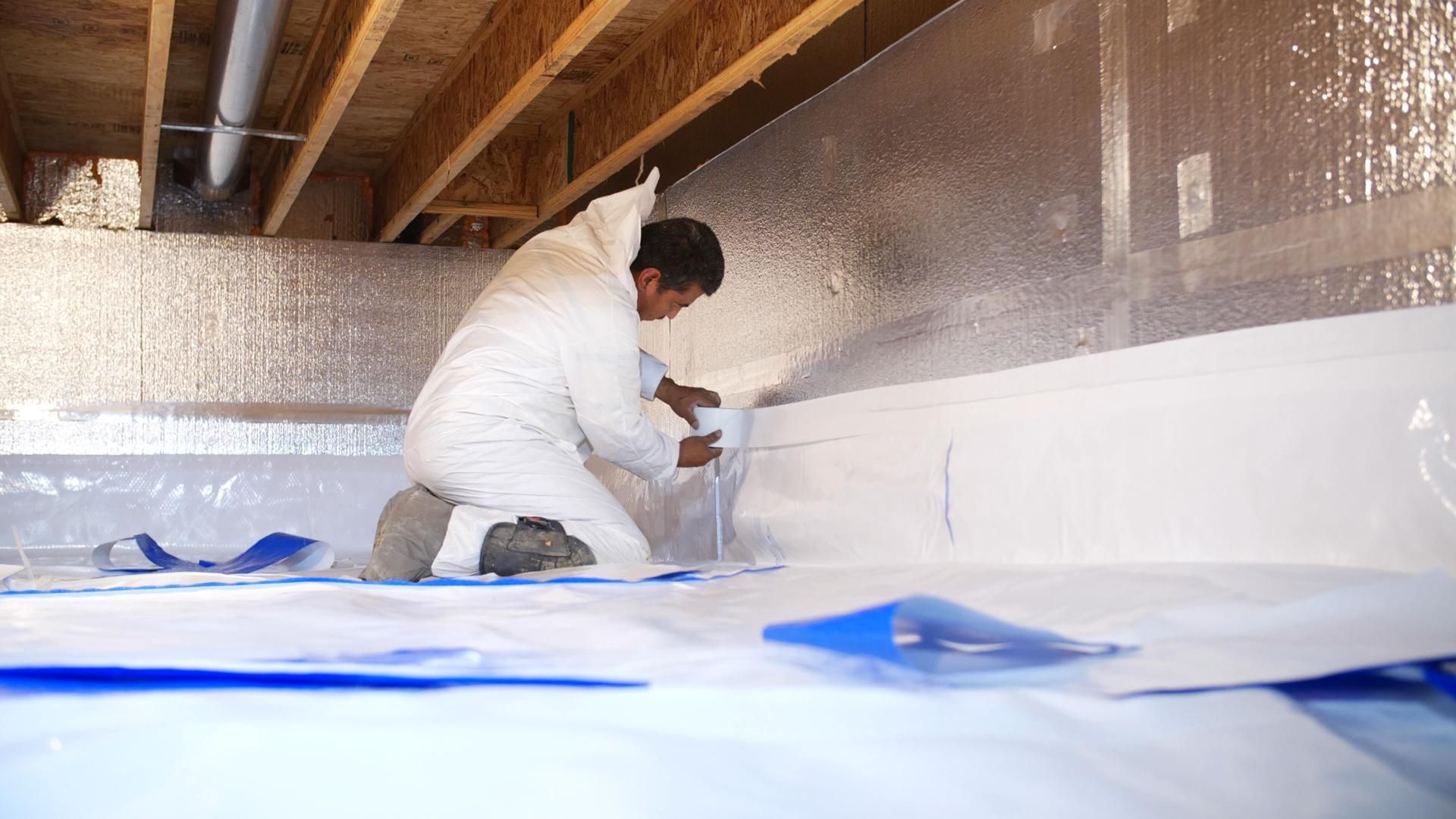
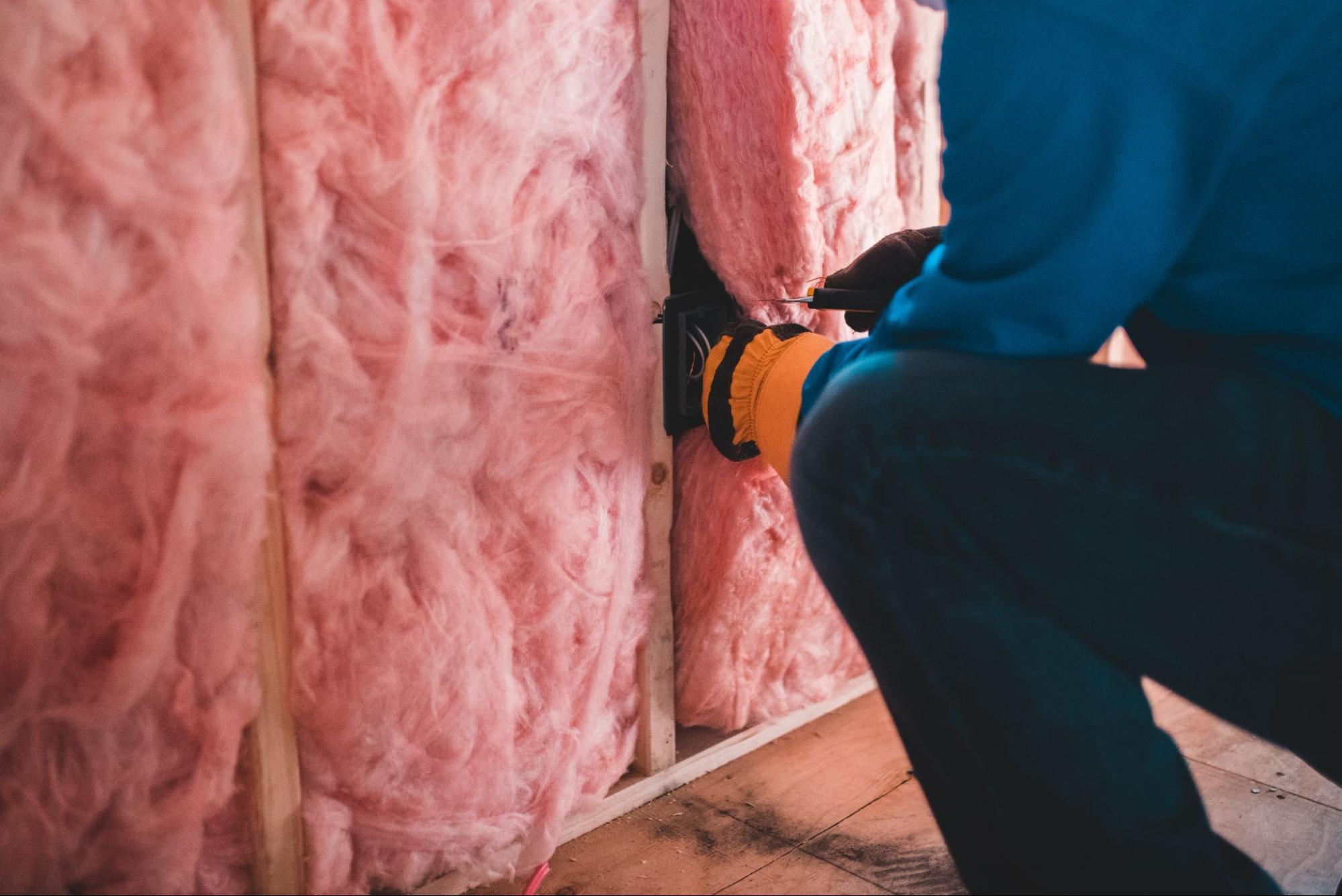
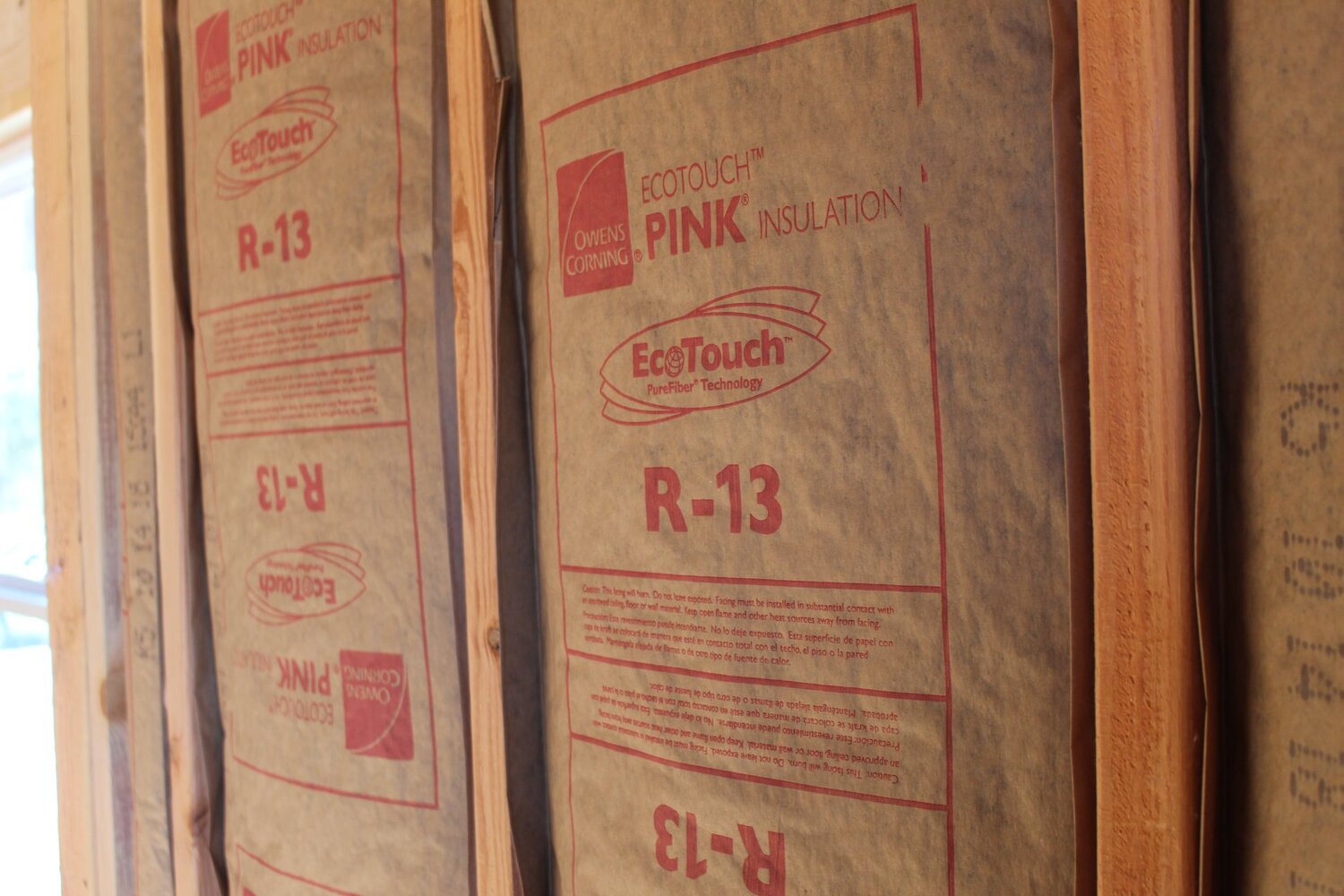
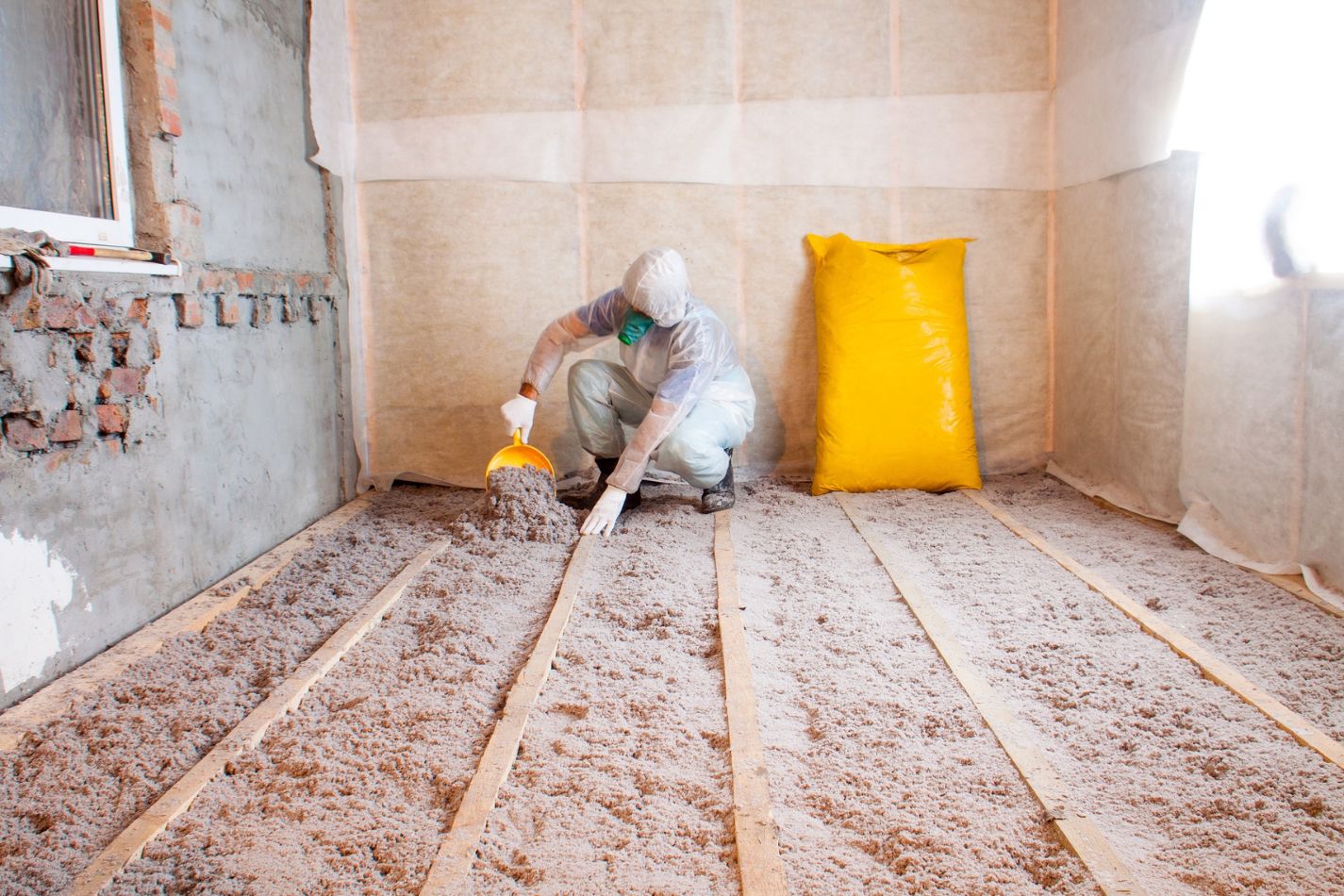
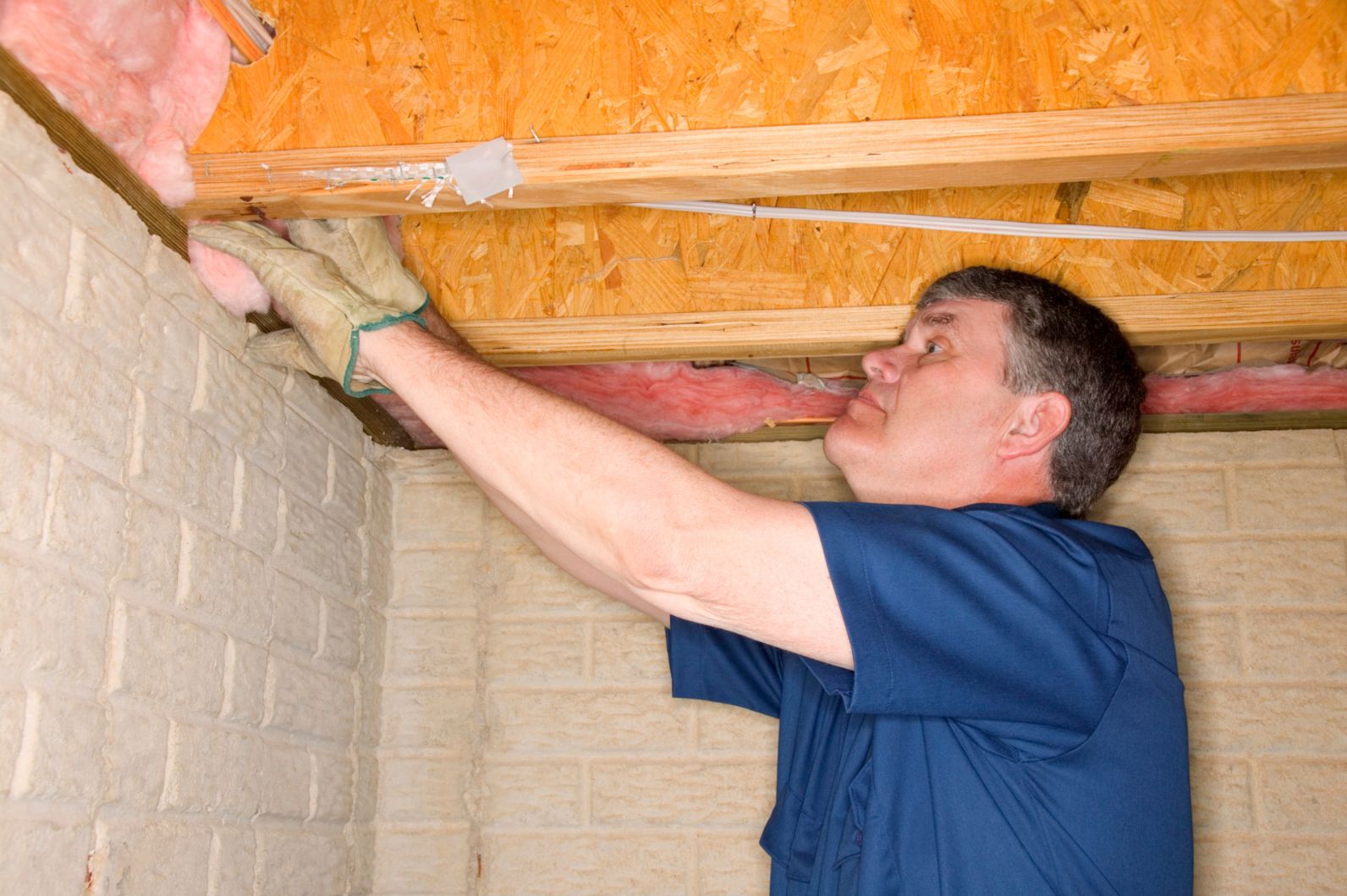
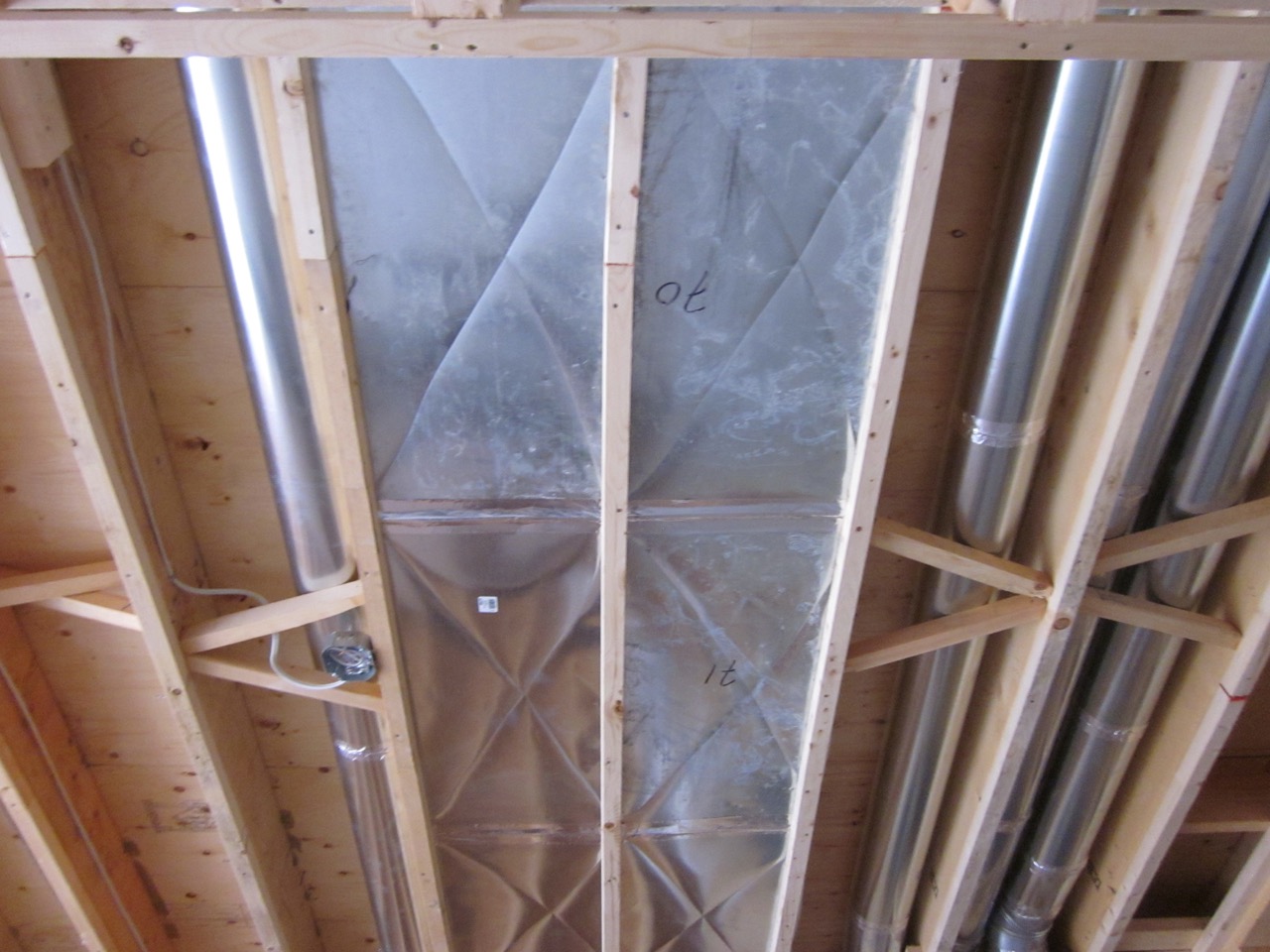
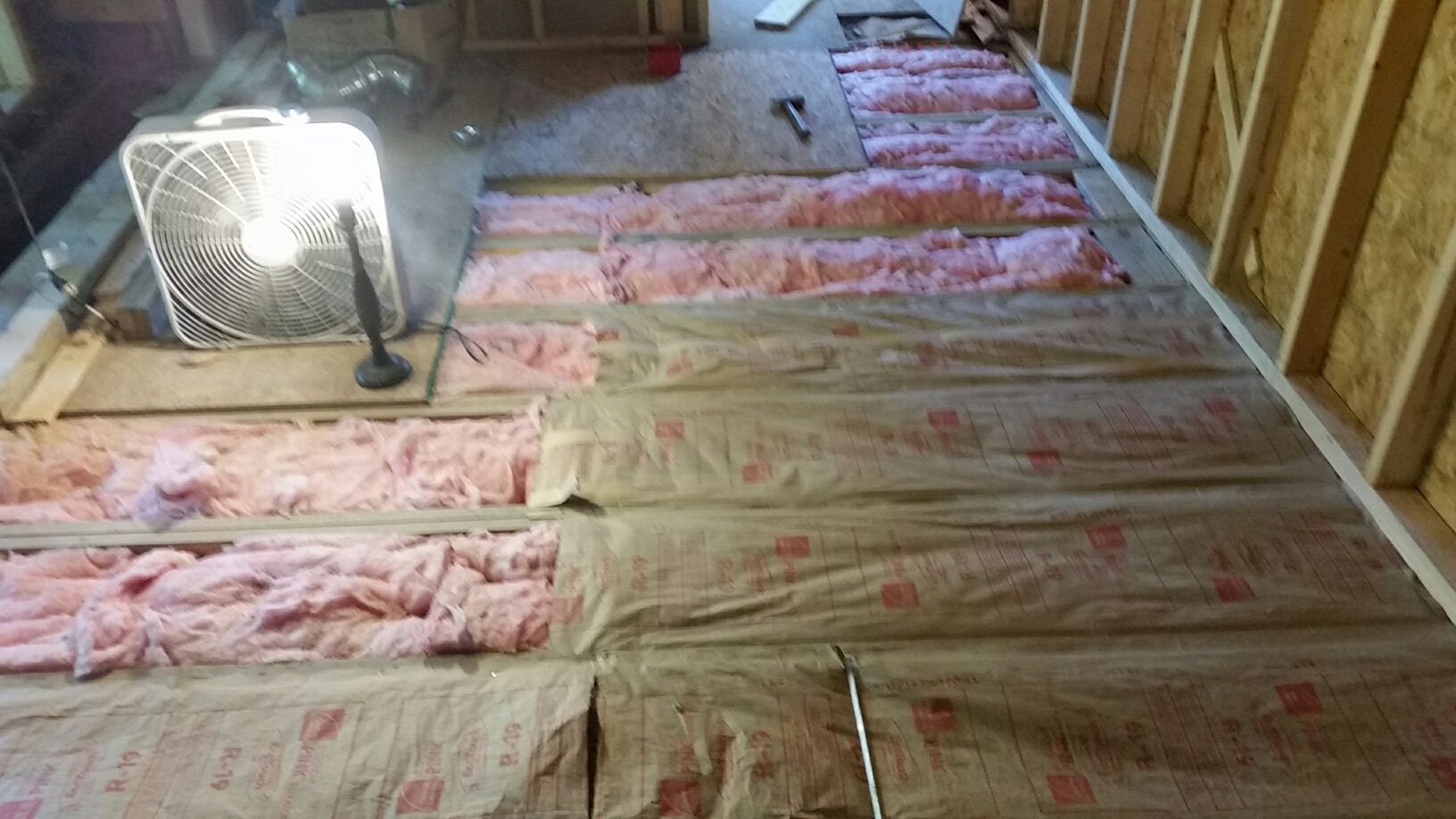
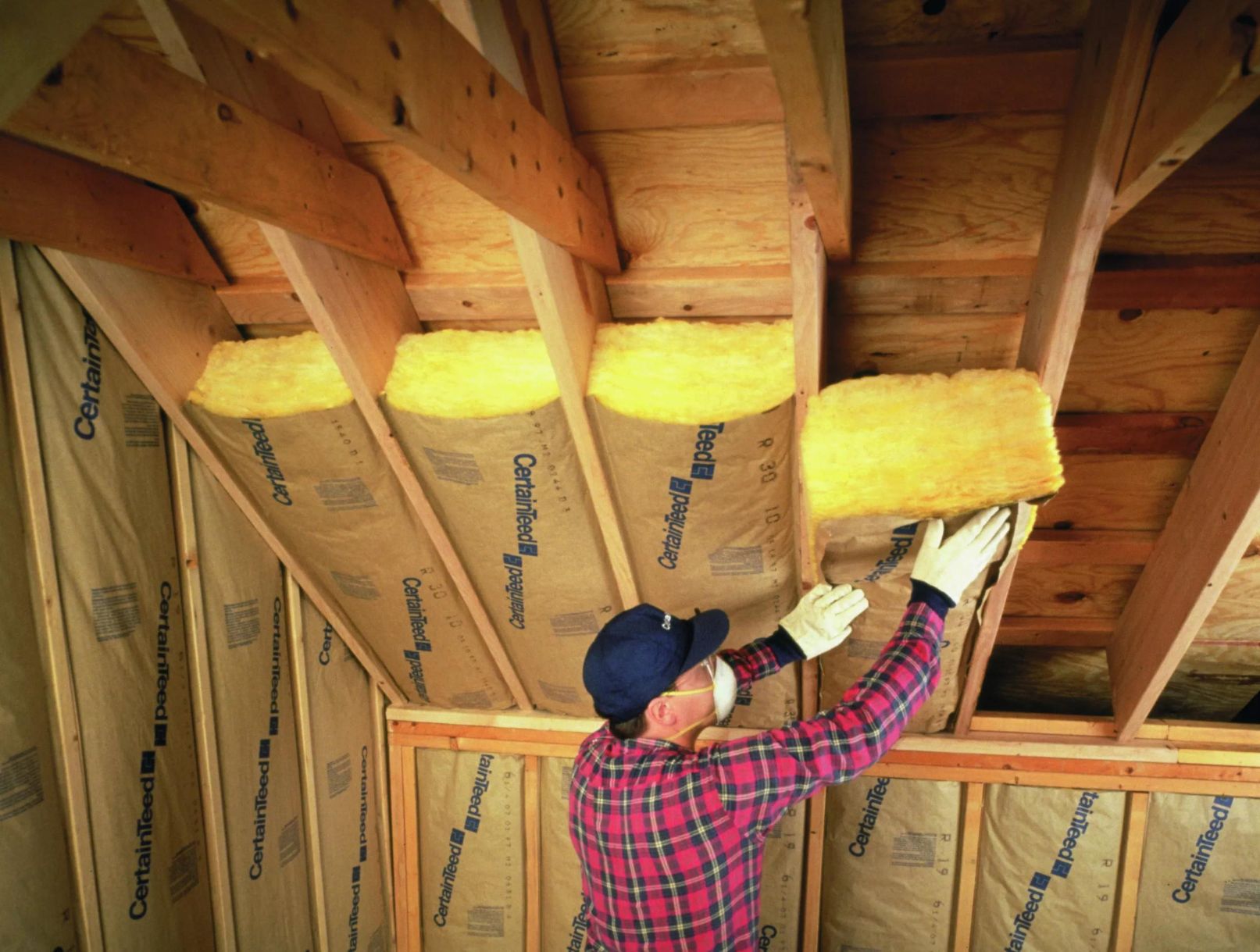
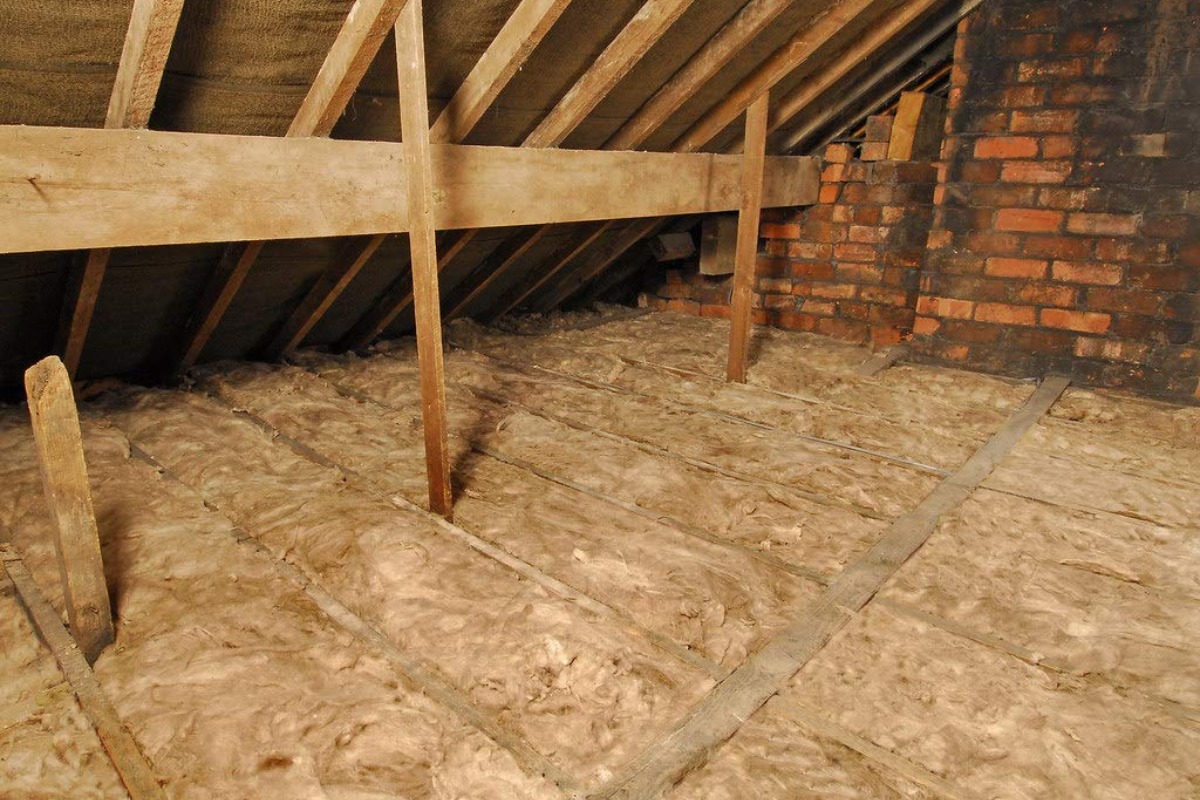

0 thoughts on “What Is The Ideal Insulation R-Value For A Garage Ceiling”